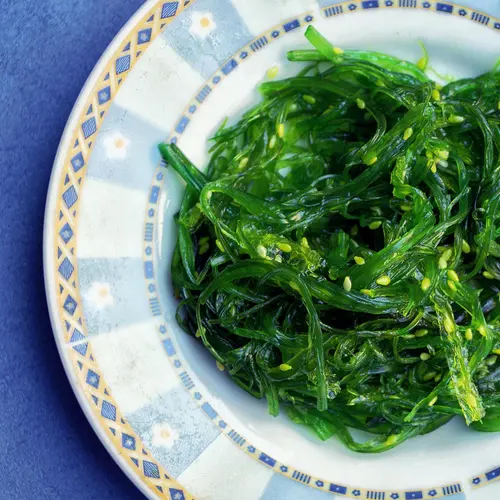Seafood is often praised as a healthy protein. Compared with other meats, fish is a greatsource of omega-3 fats, vitamin D, and protein. Fish is also low in saturated fats and is good for your heart.
Lobster is no exception. It gets a bad reputation for raising cholesterol levels, but that is a misconception. Lobster is a major source of important vitamins and minerals. Its unhealthy reputation is due to the way it’s prepared and served.
Lobster Is Low in Saturated Fats
There are saturated fats in many foods. Most of them are animal sources, like meat and dairy. Fried foods and baked goods also have high levels of saturated fats.
Eating foods high in saturated fats raises the levels of cholesterol in your blood. High cholesterol boosts the risk of heart disease and stroke. Switching out red meat for seafood, and thus lowering saturated fats, can help reduce that risk.
Lobster is high in cholesterol. But dietary cholesterol isn’t as bad for your blood cholesterol levels as saturated fats.
A 3-ounce serving of lobster has about 20 milligrams of cholesterol, which accounts for around 60% of your daily value. Lobster is slightly above average where cholesterol is concerned, but this type has no significant impact on your blood cholesterol levels.
Where does lobster’s bad cholesterol reputation come from? The answer is in how it’s served.
Lobster often comes with melted butter, mayonnaise-based sauces, and dinner rolls. These tasty additions multiply the number of calories and saturated fat in an otherwise healthy meal.
Lobster Has Omega-3 Fatty Acids
Your body can’t make its own omega-3 fatty acids. Seafood is a powerful source of these essential fats, with two types found: eicosapentaenoic acid (EPA) and docosahexaenoic acid (DHA).
Omega-3 fatty acids are crucial to heart health. Their benefits include:
- Preventing heart disease
- Maintaining heart rhythm
- Lowering blood pressure
- Improving the function of blood vessels
Lobster has less omega-3 fatty acids than other seafood. But it has more than a burger, with far less saturated fat. Pairing lobster with other seafood during the week will help you get enough omega-3s.
Lobster Is Packed With Protein
Protein is an important nutrient found in a variety of animal products, vegetables, and legumes. It is made up of amino acids that do several things:
- It builds and repairs the cells that make up your bones, muscles, cartilage, skin, hair, and nails.
- Protein helps red blood cells take oxygen through your body.
- It aids in the digestion of food.
- Protein regulates your hormones and helps the development of cells during puberty.
People assume that red meat has more protein than seafood. Yet a 3-ounce serving of lobster has about the same amount as a 3-ounce serving of ground beef. The difference is in their saturated fat.
The Downside of Lobster
The price and preparation tend to keep people away from seafood. High-quality lobster can be expensive. Preparing and serving lobster (without all the butter) can be a challenge. But there are also some nutritional downfalls to lobster.
Lobster and other shellfish tend to be high in sodium. Lobster has about 13 milligrams of sodium per 3-ounce serving.
Your body needs around 500 milligrams of sodium each day. But a single teaspoon of table salt has nearly 2,300 milligrams. Too much sodium intake can have a host of negative effects, such as:
- High blood pressure
- Risk of heart attack
- Risk of stroke
Try to keep salt to a minimum when preparing lobster or other seafood.
Lobster and most seafood also have high levels of potassium, but lobster has a healthy 9 milligrams of potassium per 3-ounce serving.
Potassium is the counterpart to sodium and does an opposing function. This is generally good, but a high-potassium diet can lead to potassium toxicity in people who have conditions like kidney disease or who are taking certain medications.
Most seafood has a trace amount of mercury, including lobster. Mercury can cause problems in unborn babies and with child development. Young children should avoid seafood with high levels of mercury, as should women who might get pregnant or are pregnant, or who are breastfeeding.
Before eating seafood, research the type and where it’s from to learn more about its possible mercury content.

